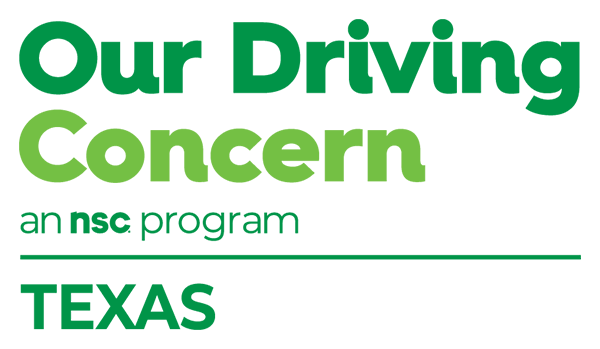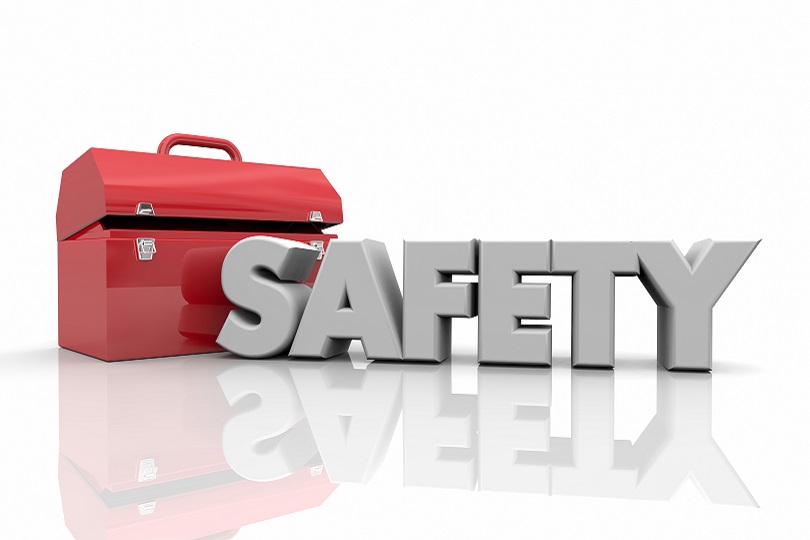Safety Coach
Get the Tools, Go to Work
One of the biggest takeaways from recent analysis of traffic crash data and driver behavior is this: While people generally know better, they don’t always do better.
In fact, drivers texting, checking social media, taking videos and pictures, and shopping online all increased during the pandemic, according to survey results released in the 2021 Travelers Risk Index on distracted driving. Travelers created an infographic to highlight the survey findings and help company safety leaders steer employees toward safer choices. First, know this about the findings:
- 46% of drivers said they respond to work-related calls, emails or texts while on the job because they felt pressured to do so
- 29% said their boss would be upset if they didn’t answer work-related communications while driving
- 27% of managers said an employee has been involved in a distraction-related crash while driving for work
The challenge for safety leaders is to talk about these results, re-examine safe driving policies and procedures, and find ways to change employees’ bad habits. Let us help you work toward safe solutions. Start by reaffirming that employee safety comes first. This is a non-negotiable core value. Arrange times for workers to make and accept calls when they are parked or outside of their vehicles, not behind the wheel or stuck in heavy traffic.
Address concern over aggressive driving (including road rage and speeding), distracted driving, impaired driving and seat belt use. Update your existing safe driving policy or drop this ready-to-use template on your company letterhead.
During Distracted Driving Awareness Month in April, we encourage you to use our NEW distracted driving toolkit and challenge employees to commit to distraction-free driving. The kit is stocked with posters, safety talks, safety coach cards and free resources from the National Safety Council and Texas Department of Transportation.
Here are some of the items you’ll find in the toolkit:
- Take the Challenge: Just Drive Pledge
- Poster: Donut Drive Distracted
- Poster: This is Not a Phone Booth
- Safety Talk: Distracted Driving (review the three types of distraction)
- Traffic Tabloid: Distraction-Free is the Way to Be
- Infographic: Co-Pilot Rights
In addition, dig into our parking lot safety toolkit to raise awareness of risks involving distraction in parking lots. Test employee knowledge on distracted driving with this quiz from the National Institute for Occupational Safety and Health. Or head to our Training Center page and check out our e-learning games, including Distraction Action.
In 2020, driver inattention and in-vehicle distraction contributed to more than 232 crashes every day on Texas roads, according to the Texas Department of Transportation. Some insurance carriers have introduced apps that track phone use while driving and reward customers for silencing their phones. Distraction also can result from things like eating, grooming or reaching for an object in the back seat. We know better. We just don’t always do better. Let’s try harder.
Tailgate Talk
Next to Truck, Not About Luck
A number of companies in the U.S. are experimenting with driverless trucks, including several in Texas. Most of these trucks are being run with “supervised autonomy” – which is a fancy way of saying somebody rides in the cab and is ready to take the wheel if needed.
In time, these driverless trucks will help keep products moving across the country and help solve a problem that is not unique to America: a shortage of truck drivers. The problem of too few drivers moved to the forefront during the first 18 months of the pandemic. Many experienced first-hand the pain of supply chain issues.
Today, there are signs of recovery, and they are perhaps most notable when your employees are driving to and from work on roads filled with big trucks. Share these tips from the Federal Motor Carrier Safety Administration to help your drivers prioritize safety.
For Truck and Bus Drivers
- Play defense: Watch for distracted drivers and careless or aggressive drivers
- Plan ahead: Stay up to date on weather, road conditions and road work
- Set limits: Driving too fast for conditions or failing to slow for curves or ramps can cause spills, rollovers and crashes
Download, print and display: Safety Tips for Truck and Bus Drivers
For Passenger Vehicle Drivers
- No cuts: Be sure to allow adequate space when passing or merging in front of a large bus or truck; the weight of these vehicles prevents them from making quick stops
- Avoid blind spots: Don’t linger too long next to a large truck or bus; if you can’t see the driver in the vehicle’s side mirror, assume the driver can’t see you
- Turn radius: Buses and trucks swing wide and may even start a turn from a middle lane; never cross the white line at an intersection or block turning space
Download, print and display: Safety Tips for Passenger Vehicle Drivers
In addition, use this safety huddle sheet to deliver a ready-made safety talk about the safety risks associated with driving behind or near an overloaded vehicle. Get this free poster to reinforce vehicle checklist policies: Professionals Always Check Their Equipment.
And know this: Most of today’s vehicle technologies are meant to assist drivers, not replace them. What are the safety implications of sharing the road with self-automated trucks? As we move down the road, we’ll learn all the answers to that question. For now, let’s prioritize driver safety.


